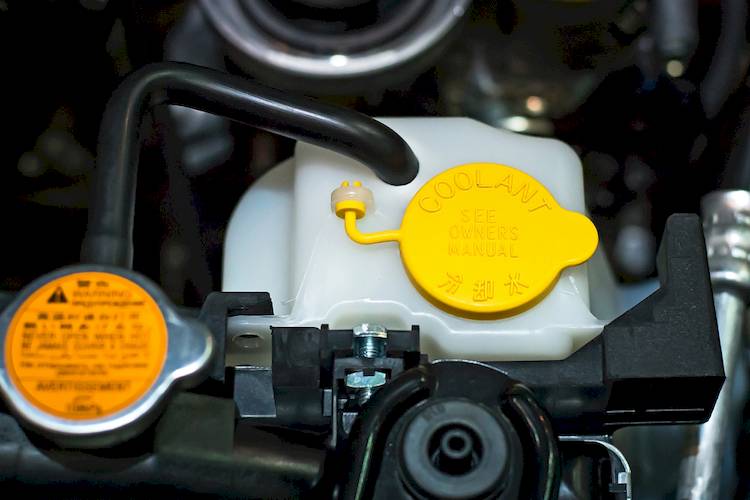

The coolant tube, or hose, carries coolant to and from the engine in your vehicle. First, the coolant tube removes the hot coolant from the engine and brings it to the radiator which cools it down. The cooled fluid then circulates back to the engine where the process repeats again. The best temperature for your engine to be operating at is between 195 and 220 degrees Fahrenheit, or 90 to 105 degrees Celsius. This is why it is important to have a working cooling system, and the proper tubes to transport that coolant.
There are two different kinds of coolant tubes in your vehicle. A smaller size tube runs along the intake manifold and a larger size tube is the one that actually circulates the coolant. The make and model of your vehicle will determine what size coolant tubes you have. They come in all shapes and sizes to fit many different engine shapes. However, the tube consists of three parts which include the tube itself, cover, and the reinforcement.
The coolant tubes work in a harsh environment so inevitably they will fail after a certain amount of time. By physically inspecting the hose on a regular basis, you will be able to stay ahead of a complete failure. Some things to look for include leaks, heat damage, abrasions, and oil contaminations. If any of these are present, the coolant tube may need to be replaced by a professional mechanic.
If you feel uncomfortable inspecting the part yourself, have the mechanic check your tubes every time you have your vehicle serviced. This could be when you have your oil changed, tires rotated, or brake pads replaced. Furthermore, it is never a bad idea to have a professional take a second look at your coolant tubes even after you already inspected them.
Since the coolant tube is prone to failure over time, you should be aware of the symptoms they put out before they completely fail.
Signs your coolant tube needs to be replaced include:
- Your vehicle overheats on a regular basis
- The temperature gauge reads high or is in the danger zone
- Coolant levels drop and continue to drop after you fill the reservoir
- A puddle of coolant beneath the vehicle



